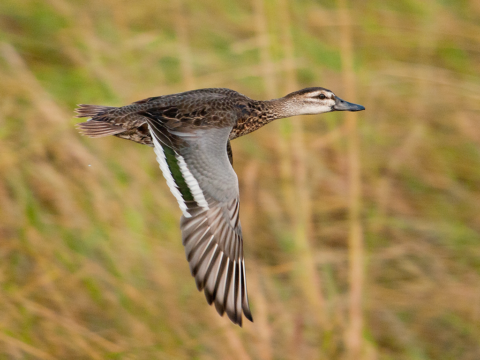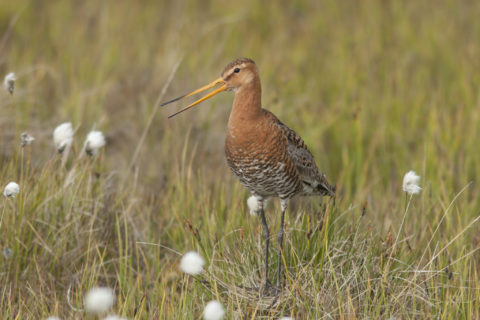
On World Migratory Bird Day – Their future is our future
-
Species
May 10 is World Migratory Bird Day (WMBD), celebrating and raising awareness for the need to conserve migratory birds and their habitats around the world. This year’s theme, ‘Their future is our future’, highlights the connections between people and nature. Both people and birds depend on healthy wetlands, and this is vividly clear across the Sahel region of Northern Africa.
World Migratory Bird Day call attention to the incredible journey of migratory birds, with awareness raising and educational events around the world – find an event near you. The majority of birds migrate from northern breeding areas to southern wintering grounds. Two of this year’s WMBD ambassadors – the Black-tailed Godwit & Garganey – are species that migrate between Europe and Northern Africa’s Sahel region.

The river floodplains, lakes and deltas of the Sahel are critical for the survival of these two species and many other waterbirds that journey across the Sahara Desert. The most important wintering site for Garganey’s is Mali’s Inner Niger Delta, which is the second largest floodplain wetland in Africa, and is as large as Belgium when inundated in a strong flood year. Black-tailed Godwit’s are found in abundance in the rice field wetlands of West Africa.
Why is Their Future our Future?

It’s not just waterbirds that need these wetlands – tens of millions of people in the Sahel region depend directly on wetlands for their water, fish, cattle and crops. In the Inner Niger Delta for example, fish production – important food for waterbirds and people – depends on the extent of the seasonal flooding. Unfortunately, wetlands across the Sahel are being drained and degraded for energy production, water storage and agriculture. As wetlands dry up, downstream communities are losing their wetlands-based livelihoods. This is contributing to the out-migration of people, social conflict and poverty across the region.
While migration is an annual event for Garganey and Black-tailed Godwits, the perilous journey of people across the Sahara Desert and Mediterranean Sea from Africa to Europe is now a regional trend. Last week we launched a new report, ‘Water Shocks: Wetlands and Human Migration in the Sahel’, detailing how the loss of wetlands in the Sahel is contributing to the involuntary migration of people.
Waterbirds migrating between Europe and Africa depend on a network of key wetlands across their annual route or flyway. These same wetlands are also critical to the survival of local communities. Conserving and restoring critical sites, and informing governments on how they can adapt to climate change by sustainably managing their wetlands, is a key approach of ours across the Sahel. See how we are demonstrating solutions ensuring a shared future for birds and people in our animation.
